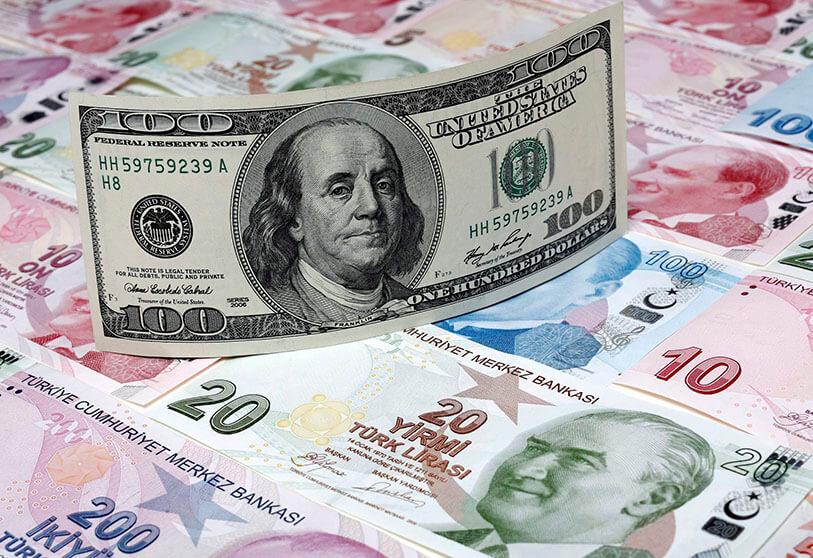The dollar remained strong around a two-decade high versus major peers on Tuesday as investors held firm in expectation of another aggressive rate hike by the Federal Reserve to rein in inflation.
Sweden's central bank set the tone for a packed week of central bank meetings by raising rates by a full percentage point, a larger increase than analysts had expected, causing the Swedish crown to briefly spike against the euro and dollar.
The crown was last little changed versus both at 10.764 per dollar and 10.8 per euro having briefly firmed to as much as 10.7025 per euro.
The main central bank event this week, however, is the Fed, which begins its two-day rate-setting meeting later on Tuesday. Markets have fully priced another 75 basis point increase, with around a 15% chance of a super-sized full percentage point increase, according to CME's Fedwatch tool.
The dollar index , which measures the greenback against six counterparts, was steady at 109.69, stable for the moment after pulling back from as high as 110.79 earlier this month, a level not seen since June 2002.
"There seems no reason for the Fed to soften the hawkishness shown at the recent Jackson Hole symposium and a 75bp 'hawkish hike' should keep the dollar near its highs of the year," said ING analysts who expect the dollar to have a "a quiet, pre-FOMC session today."
Providing additional support, the two-year U.S. Treasury yield , which is extremely sensitive to policy expectations, rose as high as 3.973% in early London trade, its highest since November 2007.
The euro managed to squeeze back above parity with the dollar , and was at $1.0016. It dropped as low as $0.9864 on Sept. 6 for the first time in two decades.
Sterling was up a whisker at $1.1458, though still well in sight of its 37-year low $1.13510 hit at the end of last week.
The Bank of England will decide policy on Thursday, and investors are split over whether a 50 or 75 basis point hike is on the way. read more
The Bank of Japan also meets this week but is widely expected to keep its ultra-easy stimulus settings unchanged -- including pinning the 10-year yield near zero -- to support a fragile economic recovery.
The yen has taken a kicking due to this policy and the dollar was last up 0.2% on the Japanese currency at 143.49, continuing a week-long consolidation after climbing as high as 144.99 on Sept. 7 for the first time in 24 years.
The dollar-yen currency pair tends to track the long-term yield spread between U.S. and Japanese government bonds, and so was little affected by data on Tuesday showing Japan's core consumer inflation quickened to 2.8% in August, hitting its fastest annual pace in nearly eight years.
"CPI was very strong, but the BOJ will likely keep policy unchanged, so expectations about Fed policy are more important" for currency markets, said Tohru Sasaki, a strategist at J.P. Morgan in Tokyo.










